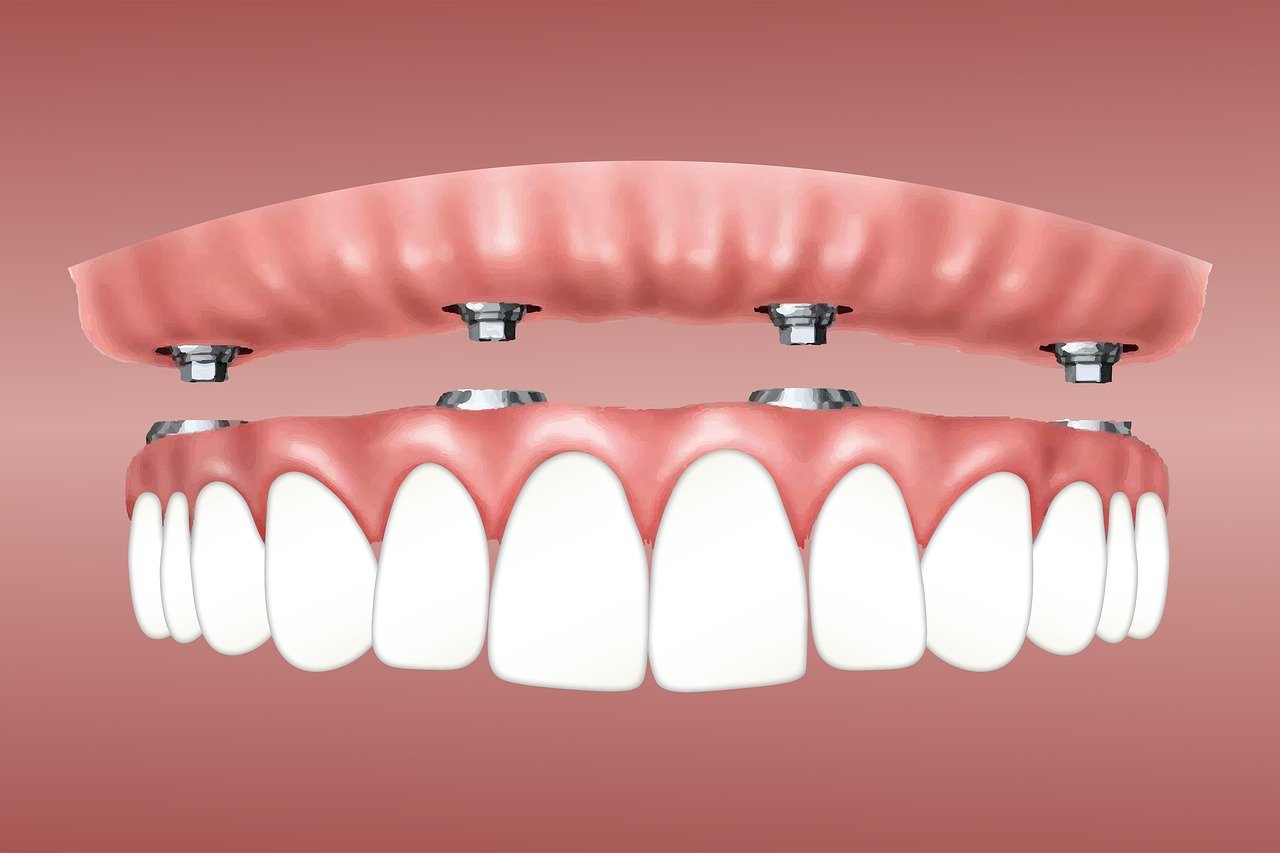What to Expect During Your Dental Implant Procedure in Houston
Begin your dental implant journey in Houston with a thorough initial consultation and evaluation. You’ll undergo a detailed oral examination, and your dentist will assess your jawbone and gums’ health. This is the time to discuss your dental history and any concerns. The journey involves several stages, each essential for a successful outcome. Curious about what comes next and how to guarantee a smooth experience? Let’s explore the next steps together.
The Initial Consultation and Evaluation
Before you begin your dental implant journey in Houston, the initial consultation and evaluation are essential steps. During this appointment, your dentist thoroughly examines your oral health. They’ll assess your jawbone density, gum condition, and overall dental structure through X-rays or 3D imaging. This helps determine if you’re a suitable candidate for implants.
You’ll discuss your dental history and any concerns you might have. Your dentist will explain the implant process, its benefits, and potential risks. They’ll also outline a personalized treatment plan tailored to your needs. This is your chance to ask questions, ensuring you’re informed and comfortable with the upcoming procedure. Remember, this step sets the foundation for a successful dental implant experience in Houston.
Preparing for Your Dental Implant Surgery
Once your initial consultation is complete and you’ve got a personalized treatment plan in hand, it’s time to focus on preparing for your dental implant surgery. Start by discussing any medications you’re taking with your dentist to avoid complications. Follow these steps to guarantee a smooth experience:
- Arrange Transportation: Since anesthesia may be involved, plan for someone to drive you to and from the appointment.
- Follow Pre-Op Instructions: Adhere to guidelines about fasting and any prescribed antibiotics to minimize risks.
- Create a Comfortable Recovery Space: Prepare a spot at home with essentials like soft foods, ice packs, and pain medications.
- Plan Your Schedule: Set aside time post-surgery for rest and recovery; avoid strenuous activities.
The Dental Implant Surgery Process
As you prepare for your dental implant surgery, understanding the procedure itself can ease any anxiety you might have. On the day of the surgery, your dentist will numb the area with a local anesthetic to guarantee you’re comfortable. They’ll make a small incision in your gum to expose the jawbone. Using a special drill, they’ll create space in the bone to place the titanium implant, which acts as the tooth root. Once the implant is in position, they’ll close the gum tissue with stitches. The initial healing phase typically takes a few months as the implant bonds with your jawbone. For those exploring restorative options like dental implants in Houston, this step marks a major milestone in reclaiming both function and confidence in your smile. Rest assured, your dentist will guide you through each step, verifying a smooth and efficient process.
Post-Surgery Care and Recovery
After your dental implant surgery, it’s pivotal to focus on proper post-surgery care to guarantee a smooth recovery. Managing your recovery effectively will alleviate discomfort and prevent complications. Here are some key steps to follow:
- Manage Pain and Swelling: Take prescribed medications and use ice packs on your cheek to reduce swelling.
- Maintain Oral Hygiene: Gently rinse your mouth with a saltwater solution to keep the area clean, but avoid vigorous swishing.
- Follow Dietary Guidelines: Stick to a soft food diet for a few days, avoiding hard or crunchy foods that might disrupt the healing implant.
- Rest and Limit Activity: Allow yourself to rest and avoid strenuous activities to facilitate healing and minimize the risk of bleeding or discomfort.

The Osseointegration Phase
During the osseointegration phase, your implant will fuse with your jawbone, guaranteeing stability and support. Factors like bone quality and overall health can influence how long this healing process takes. Understanding these elements helps you manage expectations and secure a successful outcome.
Bone Fusion Process
Once the dental implant is placed in your jaw, the essential osseointegration phase begins. During this process, your bone fuses with the implant, creating a stable foundation for your new tooth. You’ll experience a few key stages:
- Initial Healing: Your body naturally starts healing around the implant, forming a protective layer of tissue.
- Bone Growth: Over several weeks, bone cells grow and integrate with the implant’s surface.
- Strengthening: As fusion progresses, the bond strengthens, securing the implant firmly in place.
- Final Stability: Once osseointegration is complete, the implant achieves maximum stability, ready for the abutment and crown.
This phase is indispensable for ensuring your implant functions like a natural tooth, providing stability and support.
Healing Timeframe Factors
While the osseointegration phase is indispensable, several factors influence its healing timeframe. Your overall health plays a significant role; conditions like diabetes or osteoporosis can slow the process. If you’re a smoker, consider quitting, as smoking can impair blood flow and extend healing. The quality and density of your jawbone also matter—denser bones typically speed up osseointegration. Your oral hygiene habits are paramount, too. Keeping your implant site clean helps prevent infections, which could delay recovery. Additionally, the implant’s location in your mouth affects healing; implants in the upper jaw generally take longer than those in the lower jaw. Finally, follow your dentist’s post-op instructions closely, attending all follow-up appointments to guarantee a smooth recovery.
Placing the Abutment and Temporary Crown
After the implant has successfully integrated with the jawbone, the next step is to place the abutment and a temporary crown. This process involves a few key steps to guarantee everything fits perfectly and functions well. First, the dentist will expose the implant by making a small incision in the gum. Then, they’ll attach the abutment, which acts as a connector between the implant and the crown.
- Local Anesthesia: The area is numbed to confirm comfort during the procedure.
- Abutment Placement: The dentist secures the abutment onto the implant.
- Impression Taking: An impression is made for the temporary crown.
- Temporary Crown Placement: The temporary crown is fitted for appearance and function.
This stage prepares you for the final restoration.
Final Restoration and Follow-Up Care
Once the final restoration is in place, you’ll want to focus on the healing process timeline to safeguard everything is settling properly. It’s pivotal to maintain excellent oral hygiene to keep your implants healthy and functional. Regular check-ups with your dentist will help with long-term implant care and address any concerns promptly.
Healing Process Timeline
The healing process after a dental implant procedure is indispensable for guaranteeing long-term success and comfort. Swelling and discomfort are normal. Stick to soft foods and avoid strenuous activities. Follow your dentist’s instructions for pain management.
The implant fuses with your jawbone, creating a stable base. Regular check-ups will monitor progress. Patience is key during this period.
Once osseointegration is complete, your dentist will attach the abutment and crown. This marks the completion of your implant restoration.
Attend all scheduled follow-up appointments to confirm everything is healing correctly. Your dentist will check the implant’s stability and overall oral health.
Adhering to these steps is vital for a successful outcome.
Maintaining Oral Hygiene
With the implant successfully integrated, it’s time to focus on maintaining oral hygiene to guarantee long-term success. Brush your teeth at least twice a day using a soft-bristled toothbrush and fluoride toothpaste. Make sure you floss daily, especially around the implant, to remove any trapped food particles and plaque. Consider using an interdental brush or water flosser for hard-to-reach areas.
Regular dental check-ups are indispensable. Schedule visits with your dentist every six months for professional cleanings and to monitor your implant’s condition. During these appointments, they’ll check the surrounding gum tissue and affirm the implant is stable.
Avoid smoking, as it can compromise the healing process and implant longevity. Limiting sugary foods and drinks can also help maintain a healthy oral environment.
Long-term Implant Care
After the initial healing phase, your dental implant journey isn’t over; it’s just beginning its long-term care phase. This stage is pivotal for ensuring the success and longevity of your implants. You’ll have a final restoration appointment where your dentist will place the permanent crown, bridge, or denture onto the implant. Follow-up care is essential to monitor your implant’s health and function.
- Regular Check-ups: Schedule dental visits every six months to catch any issues early.
- Daily Cleaning: Brush and floss around the implant like your natural teeth.
- Avoid Hard Foods: Be cautious with hard or sticky foods that could damage the implant.
Report Changes: Notify your dentist immediately if you notice discomfort or changes.

